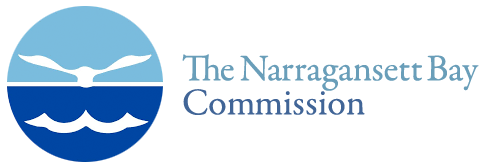History of Narragansett Bay and the NBC
Why do we treat wastewater? Simple. To protect public health and the environment. The following is the history of the State’s largest and one of the country’s oldest wastewater treatment facilities through the creation of the Narragansett Bay Commission (NBC) and its efforts to improve environmental conditions in Rhode Island.
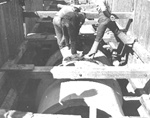
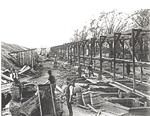
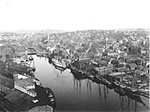
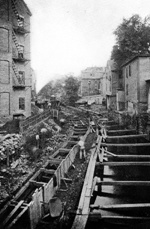
18th Century
Rhode Islanders deposit their household wastewater from sinks, washtubs and outhouses directly into local rivers, in the belief that dilution will render the waste harmless.
1854
The city of Providence, the seventh largest community in the United States, reels under its second cholera epidemic in five years. New deaths are reported daily, with three out of every five occurring in a section of Providence bordering the Moshassuck River, a branch of the Providence River. Dr. Edwin Snow, the Superintendent of Health for the city described the river as “filthy as any common sewer, and the stench arising from it at times pervades the whole neighborhood…At any time, dogs, cats, and hogs may be seen in the water in every stage of decomposition….”
1870
The City of Providence constructs a sewer system which conveys the City’s waste through a series of 65 sewer outfalls directly into Providence’s urban rivers and harbor.
1884
Recognizing the need for a system to treat the waste, the City Council sends City Engineer Samuel M. Gray to Europe to study the latest methods of treating household and industrial waste. His recommendation: a system of interceptors by which sewage would be collected from neighborhood sewage lines and conveyed to Field’s Point, a small peninsula on the west bank of the Providence River. There sewage would be processed by the chemical precipitation method, already in wide use in England.
1901
The Providence Sewage Treatment System is put into operation. The chemical precipitation plant, the third of its kind in the United States, is the largest of its type ever built. The system consists of a pumping station at Ernest Street to lift sewage to Field’s Point for treatment.
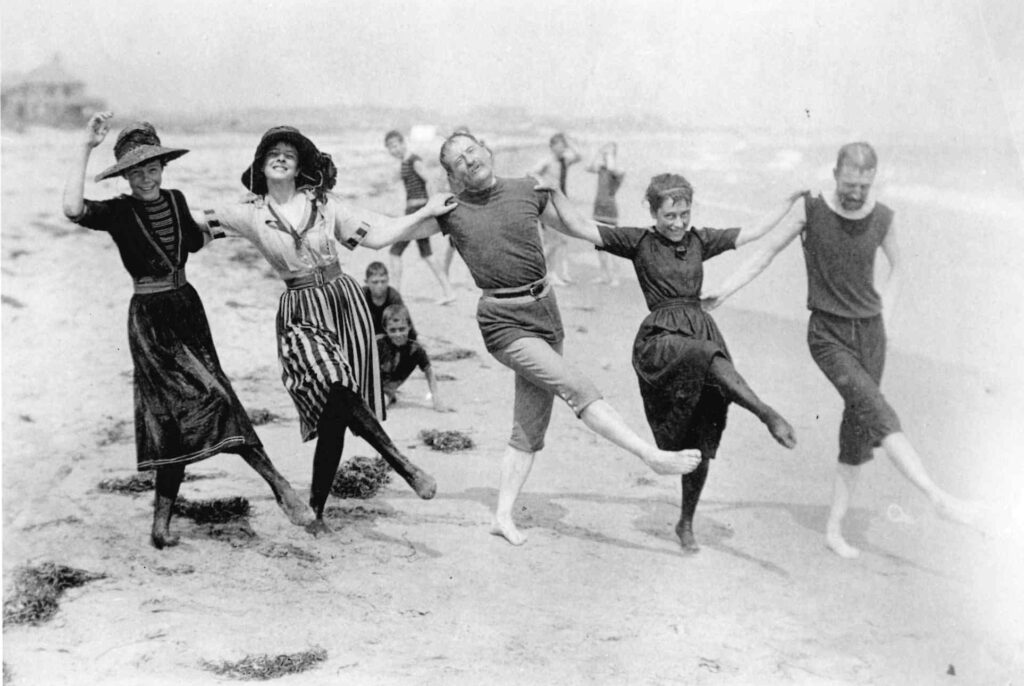
1910
Providence’s sewage treatment plant begins to run into problems due to inadequacies of the chemical precipitation process and the continuing growth of the City. Providence begins barging and dumping large volumes of sludge into Narragansett Bay, east of Prudence Island, about 14 miles south of Providence.
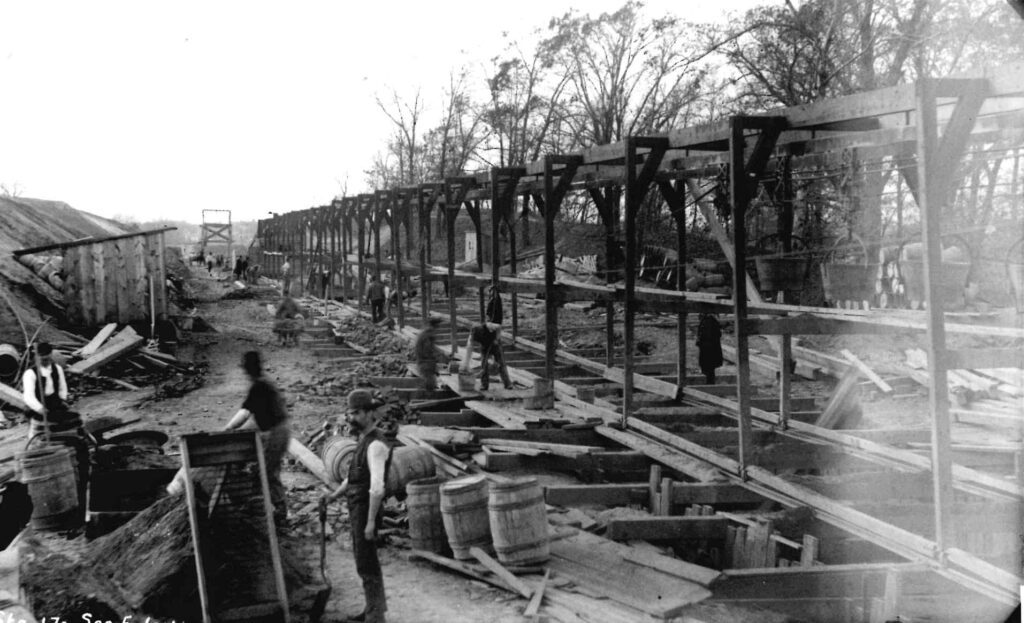
1925
The Providence City Council tours eight US cities to learn more about treatment methods that might prevent, or at the very least, decrease pollution into the harbor and Bay.
1930-1934
Despite the lawsuit before the US Supreme Court over the patent rights to the activated sludge process, the City undertakes the task of converting the Field’s Point plant to an activated sludge process plant.
1946-1949
Modern vacuum filters replace the old sludge presses; a multiple-hearth incinerator is built; and the facilities for chlorination of the final effluent are installed.
1950
A new grit building, two new primary settling tanks and a primary sludge pumping station are completed and substantial remodeling is completed to keep Field’s Point functioning optimally.
1959
A large addition to the laboratory building is completed—the last major addition or maintenance work on Field’s Point for two decades.
1970
In the absence of a continuous maintenance program, the condition of the Field’s Point plant declines to the point where nearly 65 million gallons of untreated or partially treated sewage flow into Rhode Island’s waters everyday, jeopardizing the state’s and region’s environmental and economic well-being. Once bountiful shellfishing beds close due to pollution, and travelers on the Bay report seeing grease deposits the size of soccer balls floating on the water surface.
1972
Congress enacts the Clean Water Act, comprehensive national legislation that sets the basic structure for regulating polluted discharges from industries and sewer treatment plants to national waterways. The Clean Water Act also sets national standards for pollution reduction and defines limits that must be achieved by the public’s wastewater treatment plants.
1979
The US EPA orders the City of Providence to address the chronic pollution problem associated with the aged Field’s Point WWTF and CSO discharges, which violate the Clean Water Act.
Governor Garrahy creates a Governor’s Sewerage Facilities Task Force to address the EPA mandates. The Task Force recommends the creation of a quasi-public commission to take over and rehabilitate the Field’s Point facility.
1980
The Narragansett Bay Water Quality District Commission is formed, and the voters of Rhode Island vote overwhelmingly in favor of an $87.7 million bond issue to fund much-needed improvements at Field’s Point. To see our enabling legislations, click here.
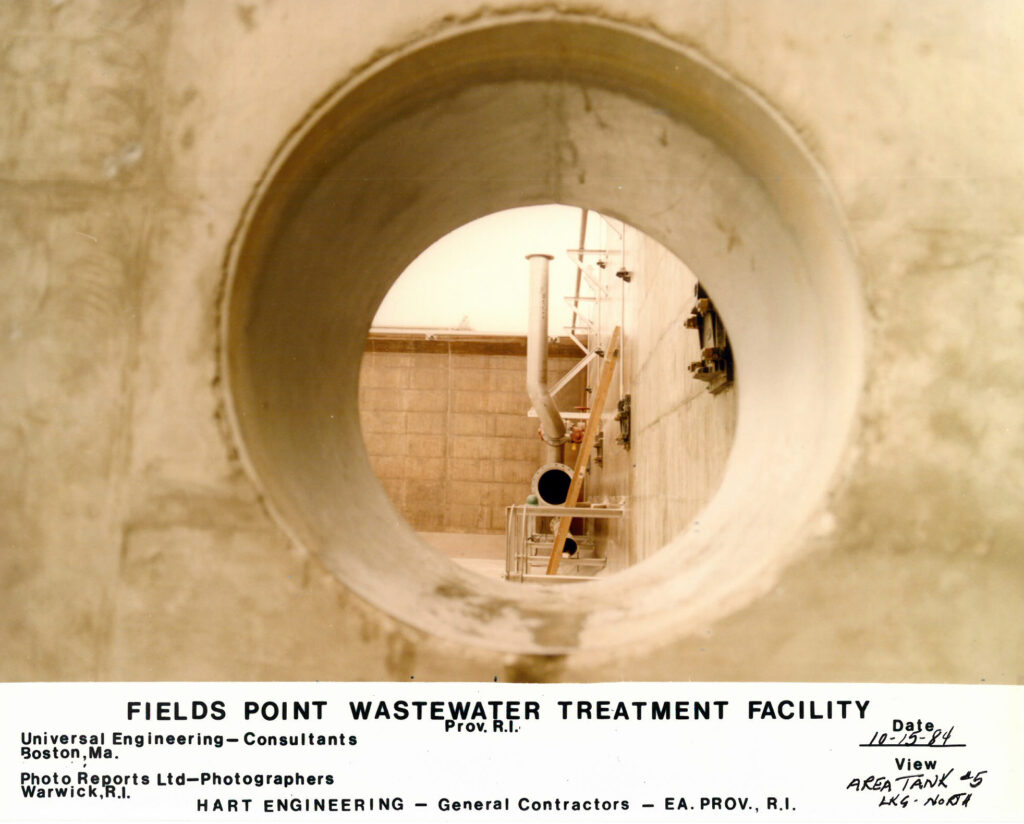
1992
The $100 million upgrade of Field’s Point is complete. By order of the State of Rhode Island, the Narragansett Bay Commission takes over operation of the state’s second largest sewage treatment plant, the Bucklin Point Wastewater Treatment Facility in East Providence.
1995
Just fifteen years after the USEPA singled out Field’s Point as one of the worst treatment plants in the United States, Field’s Point receives the EPA’s award for Best Large Secondary Treatment Facility in the Country.
1999-2001
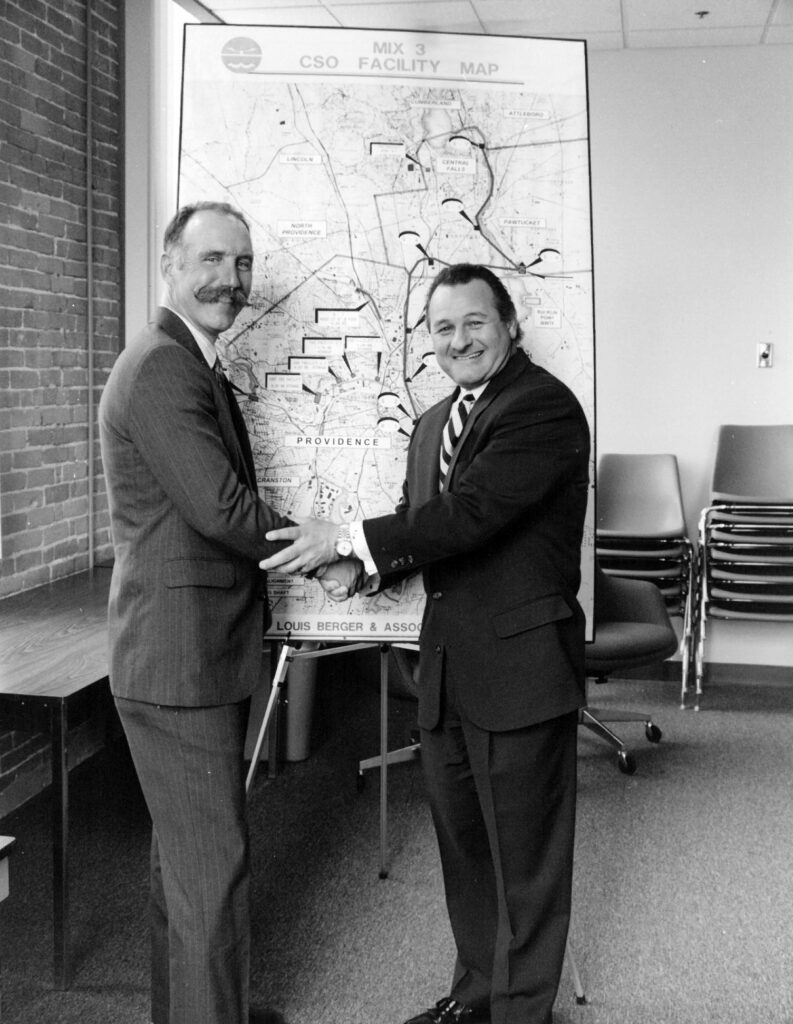
RIDEM reviews and approves the NBC’s Combined Sewer Overflow Abatement Plan, a 3-phase, 20-year comprehensive project to end CSO discharges into Upper Narragansett Bay.
2001
NBC breaks ground on Phase 1 of the CSO Plan, tackling the largest remaining point source of pollution into Narragansett Bay and the urban rivers.
2002-2009
NBC constructs the Main Spine Tunnel and other CSO facilities, and the CSO Phase I Facilities become operational in October 2008. NBC also constructs various interceptor improvements and continues design of the Nitrogen Removal Facilities at Field’s Point.
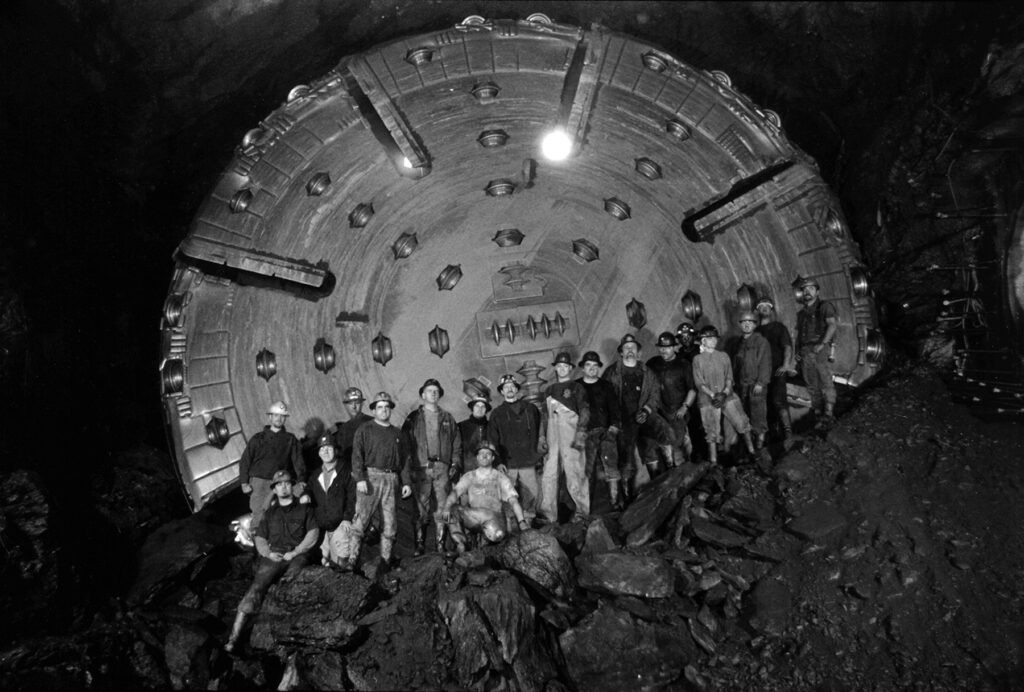
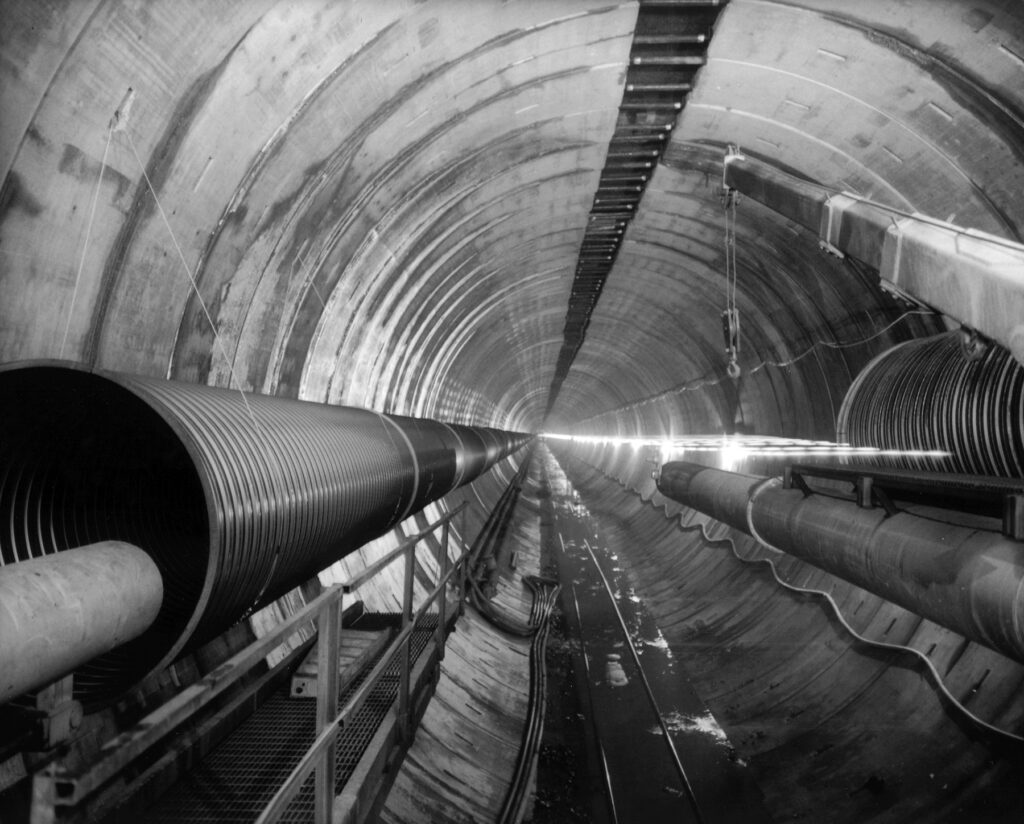
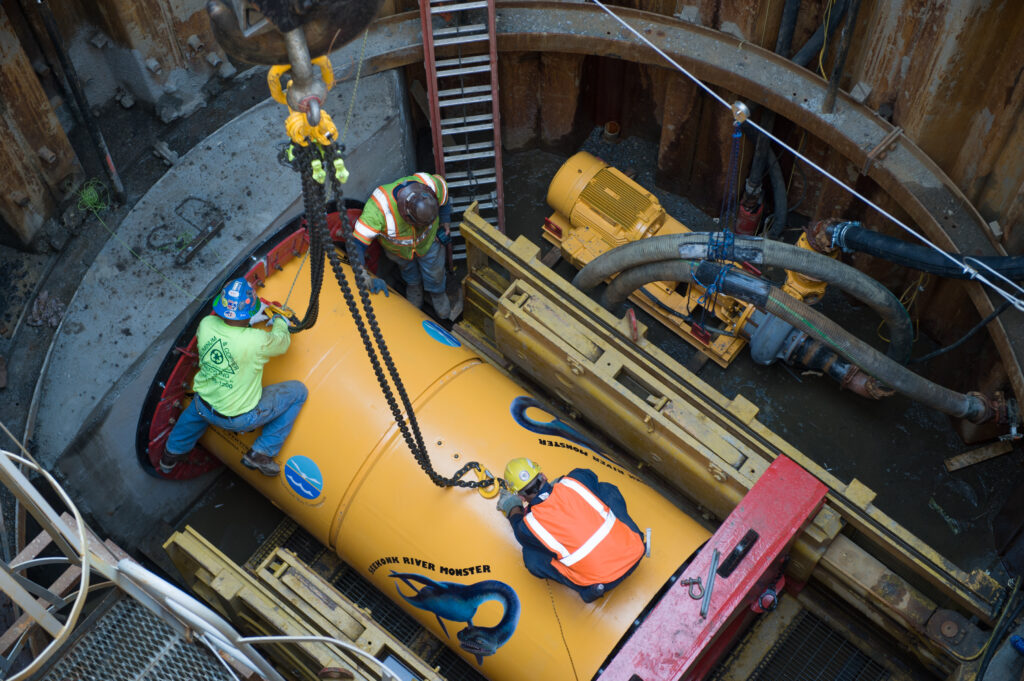
2011
NBC commences construction of Phase II of the CSO Program, which includes two near surface interceptors (along the Woonasquatucket and Seekonk Rivers) to bring additional flow to the Phase I tunnel, sewer separation on the East Side of Providence, and a constructed wetlands in Central Falls.
2012
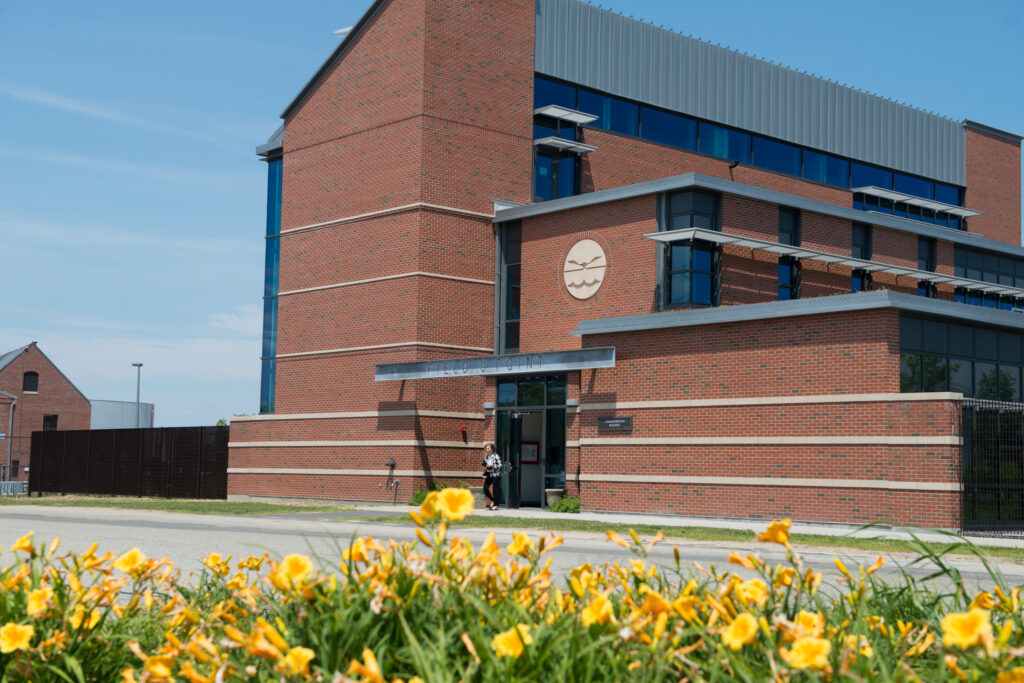
NBC constructs and commences operation of three 1.5 mW wind turbines at the Field’s Point Wastewater Treatment Facility, becoming a national leader in the use of sustainable energy for clean water. The Commission also completes construction on a Silver LEED-Certified administration building at Field’s Point. The Michael Salvadore Administration Building features green roofs, a grey water system, a rain garden, and numerous energy-saving technologies.
2014
NBC completes Phase II of the CSO Program, dramatically improving water quality in the Woonasquatucket, Seekonk, and Moshassuck Rivers, and engages a stakeholders group to look at issues of affordability and green infrastructure for Phase III.
2017
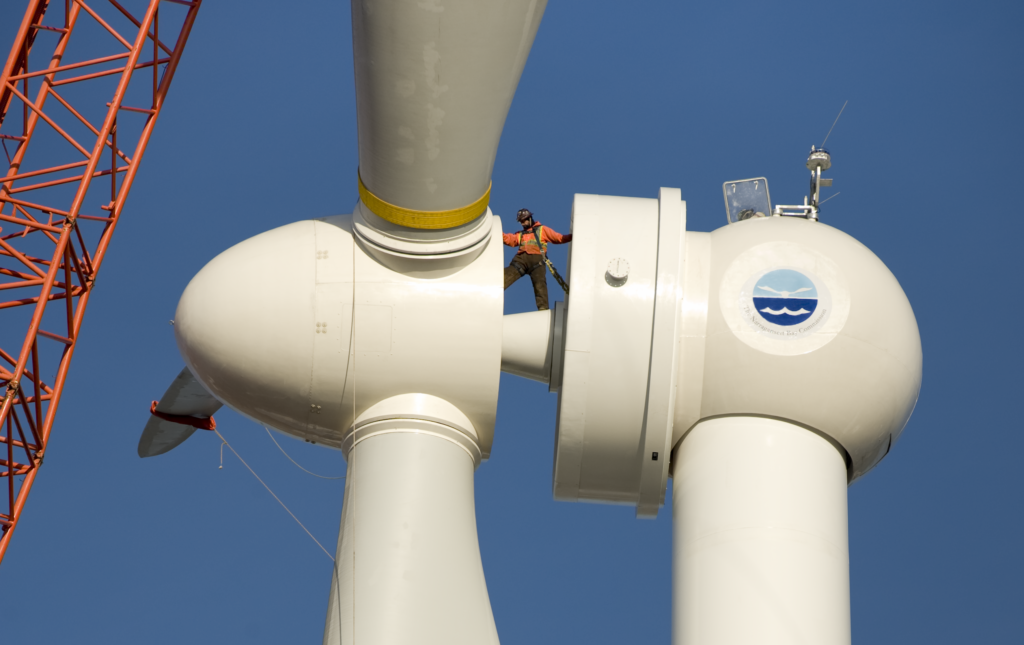
NBC adds three additional wind turbines to its renewable energy portfolio, begins construction on a biogas cogeneration project at Bucklin Point, and enters into agreements for solar facilities. The agency’s renewables portfolio in conjunction with managerial excellence leads to NBC being named a “Utility of the Future,” one of only 61 utilities worldwide to receive the distinction.
2019
The USEPA selects the NBC to participate in the Water Infrastructure Finance and Innovation Act (WIFIA) loan program for CSO Phase III, making $270M available in loan funds. The NBC is one of only 39 entities invited to apply for WIFIA funding, and the only entity in New England. NBC was selected for an additional WIFIA loan in 2020 to focus on climate resiliency at the Bucklin Point WWTF.
2020
NBC is again named a Utility of the Future and is honored as a Clean Water Success Story by the National Association of Clean Water Agencies (NACWA) over the past 50 years.
2021
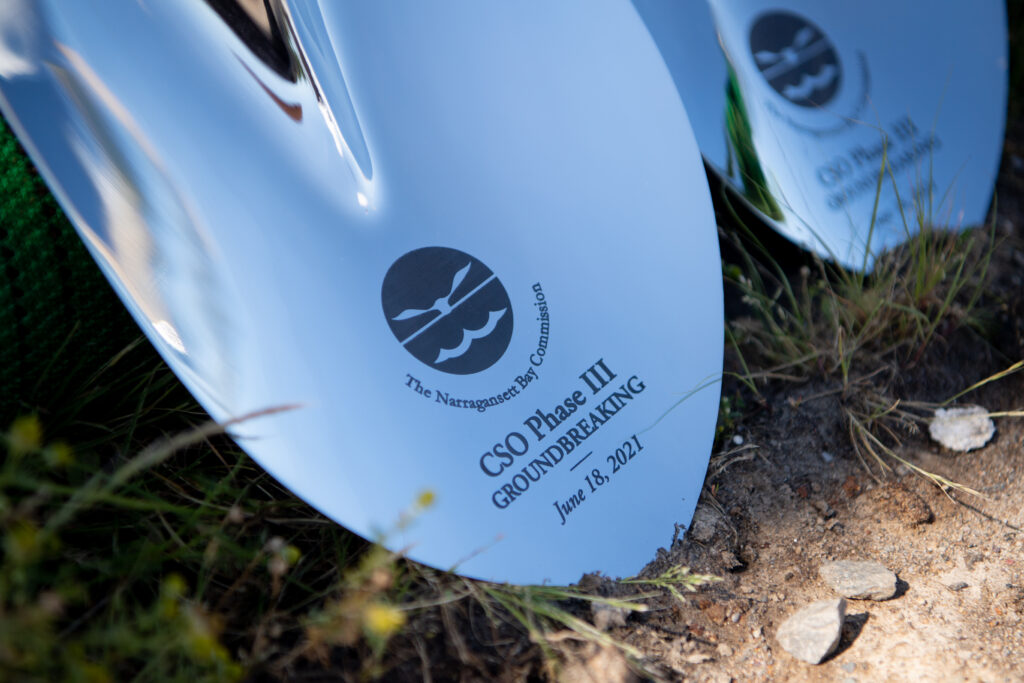
For the first time in over seventy years, portions of the Providence River are opened for shellfishing thanks to improved water quality as a result of Phases I and II of the NBC’s CSO project.
NBC breaks ground on Phase III of the Combined Sewer Overflow (CSO) project: RestoredWaters RI, The centerpiece of the project is a 2.2 mile-long, 30-foot diameter deep rock tunnel that will store storm-related sewage overflows and transport the water to the Bucklin Point WWTF for full treatment, thereby protecting and improving the water quality in the Seekonk River.
